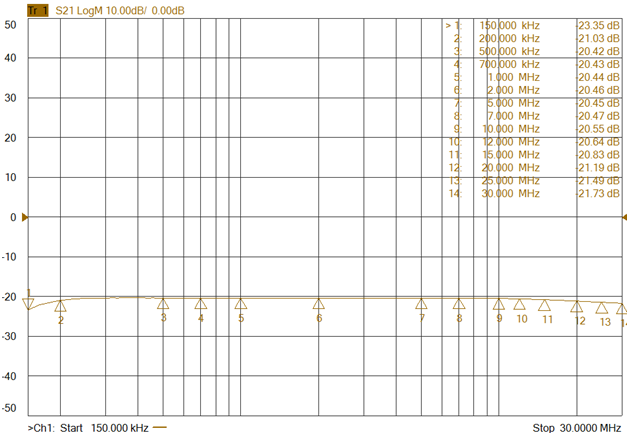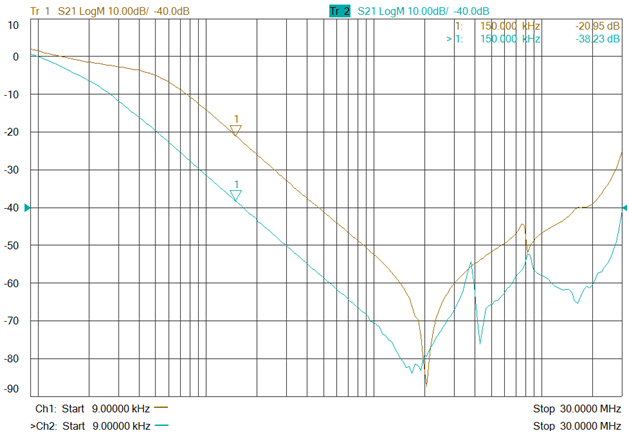The symmetrical DC artificial power supply network LISN-PVDC8301, in conjunction with the LISUN EMI-9KB or EMI-9KA receiver, can be used to measure the disturbance voltage in the frequency range of 0.15 MHz to 30 MHz for photovoltaic inverters. The LISN-PVDC8301 is designed according to CISPR 16-1-2 to measure the conducted emissions of photovoltaic inverters at the power terminal. The circuit concept of photovoltaic inverters may generate ripple currents on the DC side of the inverter, which are mostly proportional to the power frequency. These ripple currents can be transmitted through cables and photovoltaic generator modules, and can act as magnetic field radiation, sometimes causing significant interference effects. Conventional measurements at the AC terminals of photovoltaic inverters cannot reveal such interference phenomena. LISN-PVDC8301 is especially designed to measure all kinds of disturbance voltages at the DC-side of photovoltaic inverters. These are in detail the disturbance voltage of one conductor above reference ground (unsymmetrical disturbance voltage), the common mode disturbance voltage of a pair of conductors above ground (asymmetrical disturbance voltage) and finally, the differential mode voltage between two conductors.
Especificação:
| Faixa de frequência | 0.15 MHz – 30 MHz |
| Max Current (DC) | 200 A |
| Max Voltage (DC) | 1500 V |
| Common Mode Impedance | (150 +/- 30) Ω |
| (Mode switch CM, A or B) | |
| Differential Mode Impedance | (150 +/- 30) Ω |
| (Mode switch DM) | |
| Phase at EUT-Terminals | (0 +/- 40)° |
| Insertion loss (EUT – AE) | >20 dB |
| Longitudinal conversion loss LCL | >26 dB |
| Voltage Division Factor at the measuring port | typ. (20 +/- 3) dB (10:1) |
| Resistance (DC) with feed terminals shorted (T=25°C) | <50 mΩ |
| EUT Connectors | M12 terminals with banner socket |
| Dimensões | 42*28*44 cm |
| Peso | approx. 33 kg |

Figure 1 Common Mode Impedance

Figure 2 Common mode phase diagram

Figure 3: C-end (common mode) attenuation coefficient diagram

Figure 4: D-end (differential mode) impedance diagram

Figure 5: D-end (differential mode) phase diagram

Figure 6: D-end (differential mode) attenuation coefficient diagram

Figure 7: A-end attenuation coefficient diagram

Figure 8: B-end attenuation coefficient diagram

Figure 9: B-end attenuation coefficient diagram








